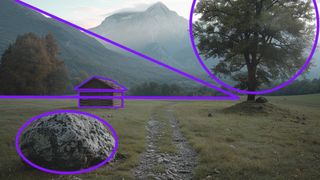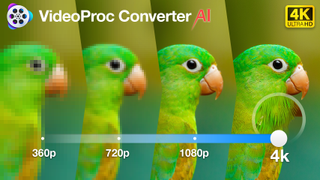How AMD and Blender are helping 3D artists
The relationship between AMD and Blender is stronger than ever.
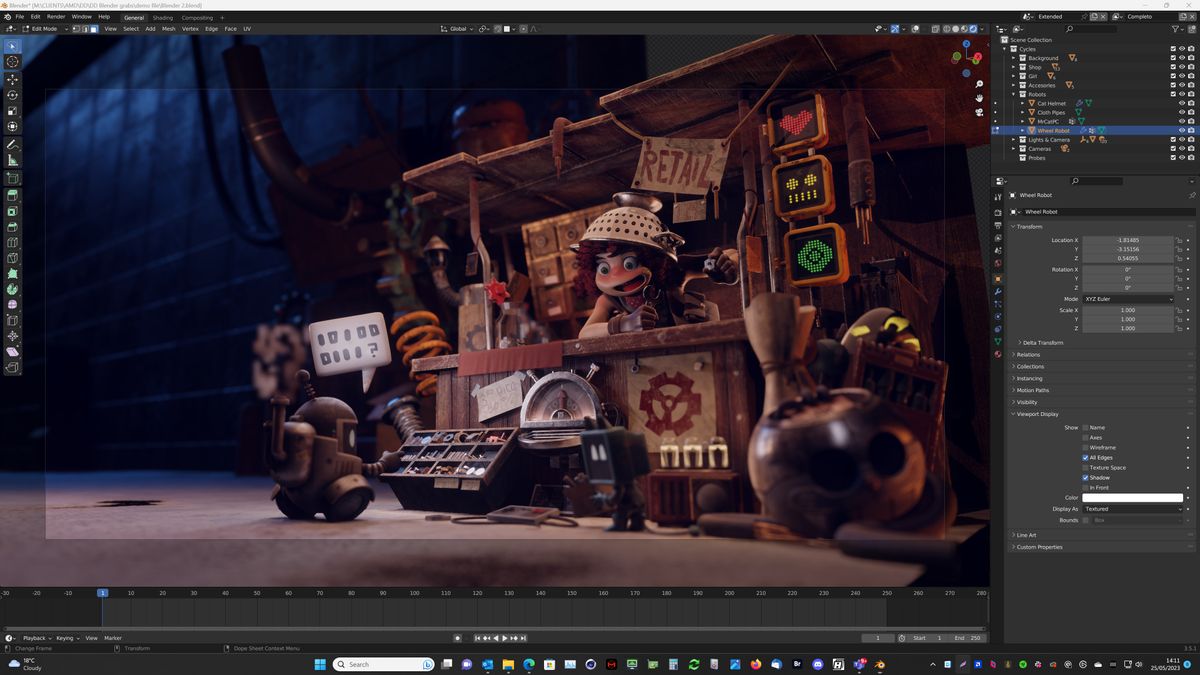
There’s no hiding AMD’s long standing support of Blender. Any artist who keeps up to speed on Blender news will know that AMD is a regular contributor to both the Blender Development Fund and the Blender Code Base. This continued support demonstrates the company's desire to make AMD the hardware of choice for Blender artists.
On top of supporting Blender in direct ways, AMD has also sought other ways to supply its own tools that work in the Blender ecosystem. The clearest example of this is with its own render engine, Pro Render. This is AMD’s plugin renderer that can be used directly inside Blender.
During this continued support and development, Blender announced in April 2021 that it was going to completely rewrite its default renderer, Cycles. It was welcomed by most of the Blender community, but there was a fairly significant detail in the rewrite which affected AMD directly. Particularly, OpenCL rendering support was removed for rendering on AMD GPUs. The motivation, on Blender’s side, was for technical and performance reasons, but it left Blender with no support for AMD GPUs.
As you can imagine, with Blender’s increasing popularity on the world stage, this was something that AMD needed to address, so the Blender community was keen to see how AMD would respond.
Bringing support back
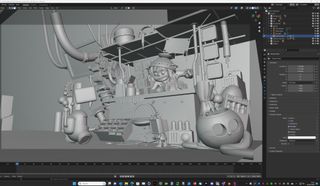
One option was for AMD to remove its support of Blender completely. It could have invested in other tech and left Blender to forge stronger links with other hardware creators. That’s not its style though. Instead, it decided to redouble its efforts to focus on the relationship and its support for an application that is increasingly becoming the tool of choice for many artists. AMD’s long-standing relationship with the Blender team won out.
With OpenCL gone, AMD needed a new vehicle for delivering rendering technology using its hardware. That vehicle was its HIP (Heterogeneous Interface for Portability) API. By accessing HIP Architecture, Blender has been able to bring support for AMD hardware back, starting with version 3.0. Those in the Blender community that use AMD hardware were relieved. They could finally make use of all the enhancements that were found in Cycles X, including improved rendering of hair and fur, support for micro-jittering and enhanced ambient occlusion handling. All of this is assuming the use of RDNA architecture graphics cards and up.
Ray Tracing support on AMD GPUs – available now!
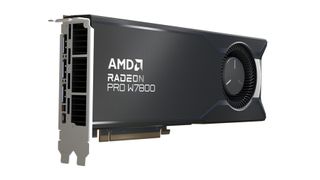
Now that AMD is back online with Cycles X, it's turned its attention to its future with Blender. Enmeshed with Blender through HIP, AMD is making every effort to strengthen this API. One of the ways it's doing this is through HIP RT (Ray Tracing).
HIP RT was just released in the public beta version of Blender 3.6 and allows for Blender to take advantage of the ray tracing acceleration that is available in RDNA 2 and above GPUs. There has long been a fierce battle between AMD and Nvidia for quickest render times. That rivalry isn’t going away anytime soon and if anything, the debate has become more heated with this new generation of cards. These chips have been engineered from the ground up rather than just being tweaked from a previous generation.
All this hard work delivers superior performance as RDNA becomes the architecture powering AMD’s 7nm GPUs, delivering 1.25 performance per clock compared to previous 14nm processors. They are equipped with GDDR6 memory and PCI Express 4.0 support to take things to a new level. With these performance improvements alongside enhanced power efficiency, render times are a lot faster. This will see AMD cards becoming an increasingly attractive option for Blender artists.
The future of AMD and Blender
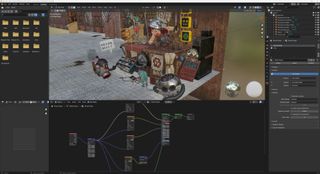
Alongside HIP and HIP RT with Cycles X, it’s worth noting that AMD also has its own render engine, Radeon ProRender. As a physically-based engine, developed to open industry standards, artists are able to create images and videos that rival the likes of VRay, Arnold and others. ProRender works on all major platforms including Microsoft Windows, macOS, and Linux ensuring maximum flexibility and broad appeal across creative industries. To help artists hit the ground running, ProRender also ships with a whole library of materials that can be applied directly to models. This will be particularly appealing to artists who are new to the renderer but want to give it a spin as photo-realistic results can be achieved in a fraction of the time because of it.
AMD has a long and supportive history with Blender. The development of HIP, HIP RT and its own render engine, ProRender, show AMD’s commitment to a continuing partnership. Planned support for USD and materialX compatibility will further cement AMD’s place in the Blender community and the addition of hardware ray tracing will ensure artists have the speed and capability they need from their graphics cards. This all adds up to a very bright future for AMD and Blender.

Thank you for reading 5 articles this month* Join now for unlimited access
Enjoy your first month for just £1 / $1 / €1
*Read 5 free articles per month without a subscription

Join now for unlimited access
Try first month for just £1 / $1 / €1
Get the Creative Bloq Newsletter
Daily design news, reviews, how-tos and more, as picked by the editors.
The Creative Bloq team is made up of a group of design fans, and has changed and evolved since Creative Bloq began back in 2012. The current website team consists of eight full-time members of staff: Editor Georgia Coggan, Deputy Editor Rosie Hilder, Ecommerce Editor Beren Neale, Senior News Editor Daniel Piper, Editor, Digital Art and 3D Ian Dean, Tech Reviews Editor Erlingur Einarsson and Ecommerce Writer Beth Nicholls and Staff Writer Natalie Fear, as well as a roster of freelancers from around the world. The 3D World and ImagineFX magazine teams also pitch in, ensuring that content from 3D World and ImagineFX is represented on Creative Bloq.

